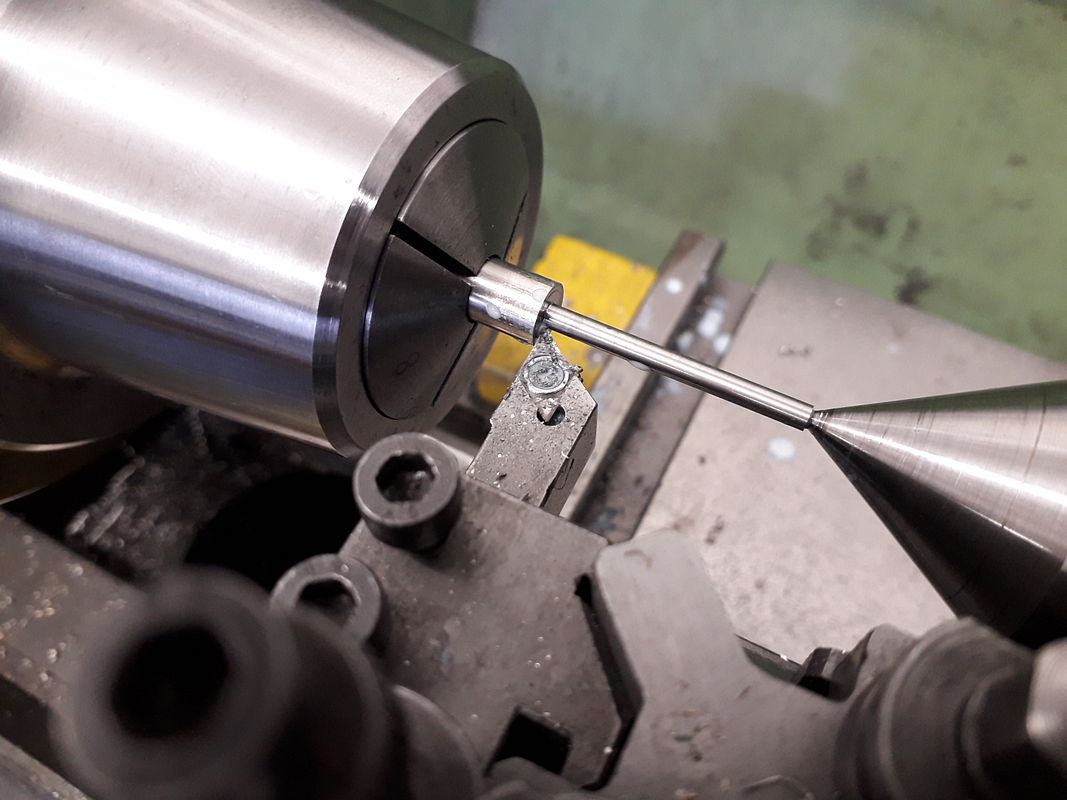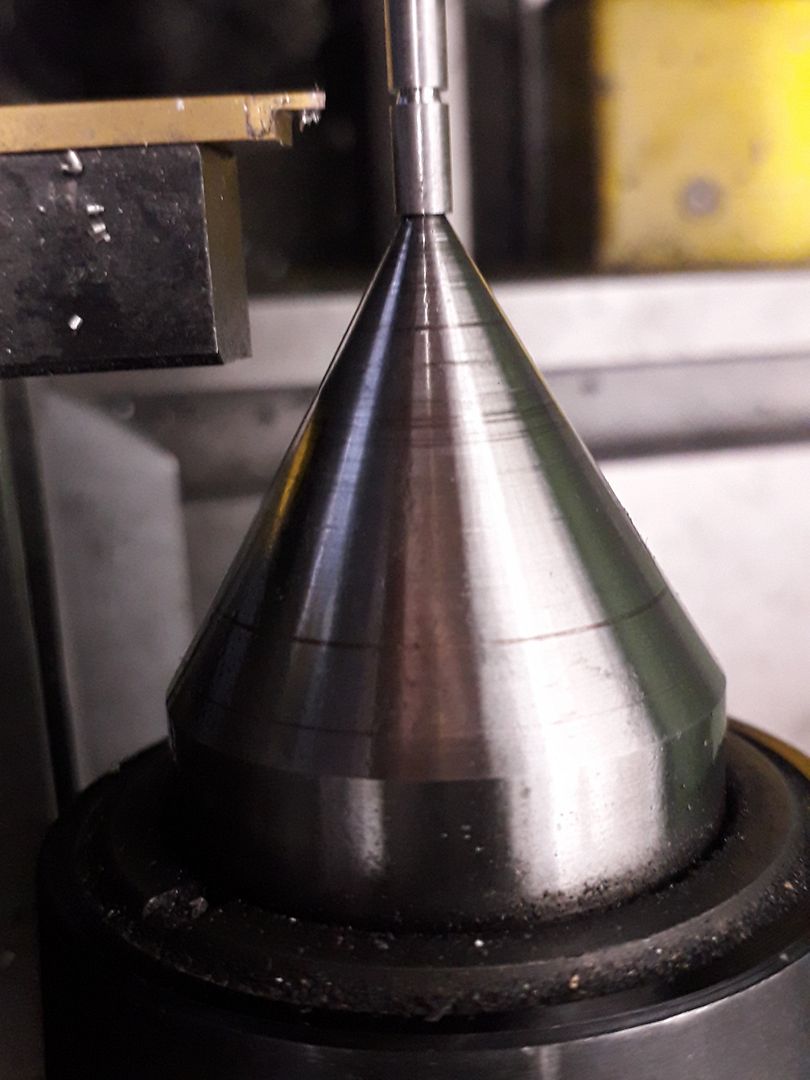Kasey
Well-Known Member
Kasey,
You might look into DOM steel tubing, it is supposed to be very dimensionally accurate and might make a good cylinder sleeve (not as good as cast iron).
I feel silly becasue I 3D printed the crankcase, but not the cylinder, if I had I would have noticed the cylinder hole pattern didn't match the crankcase hole pattern.
Today I worked on the cylinder head, did the lathe work including the features on the bottom. I also worked on the piston, I think before I finish off the cylinder head (I still have some CAD cleanup on the finned top) I am going to make the connecting rod and piston. How cool is it going to be to see the piston go up and down in the cylinder when I spin the crankshaft?
View attachment 123024
Can you see where the head ends and the cylinder starts? Hint, look at the next photo
View attachment 123025
I have read different things regarding how tight a fit the piston is supposed to be in the cylinder, I decided to leave .005" difference between the piston OD and the cylinder ID. It falls into the cylinder and I can still get a 'pop' when I pull it out fast. I am looking forward to try my hand at piston rings. the rings will have across section of 1/16" X 1/16" and will expand into the 1" diameter cylinder.
Eccentric,
Thanks for the advice re-cylinder. I'm always looking for alternatives when making just >
research ideas into strange engines to see if its possible. and how to do it. Have just realize in my revised design of the crankcase, I could have left off 2 opposite sides and used the cylinder bases themselves alone as part of that. Would have saved weight, $$$, and time and made things more compact. I missed that on my 3d model also. I've now finished the base and flywheel mounting work and hope to set it up for a start up and a very short trial run this week . I just hope it starts. Have choked down the exhaust and throttle....don't want to risk an accidental rev up yet on the siamesed con rod design.......If ok, I'll will dismantle the engine then get to machine the cooling fins into both the head and cylinders, which will be a slow, patient job.




























![DreamPlan Home Design and Landscaping Software Free for Windows [PC Download]](https://m.media-amazon.com/images/I/51kvZH2dVLL._SL500_.jpg)


































































